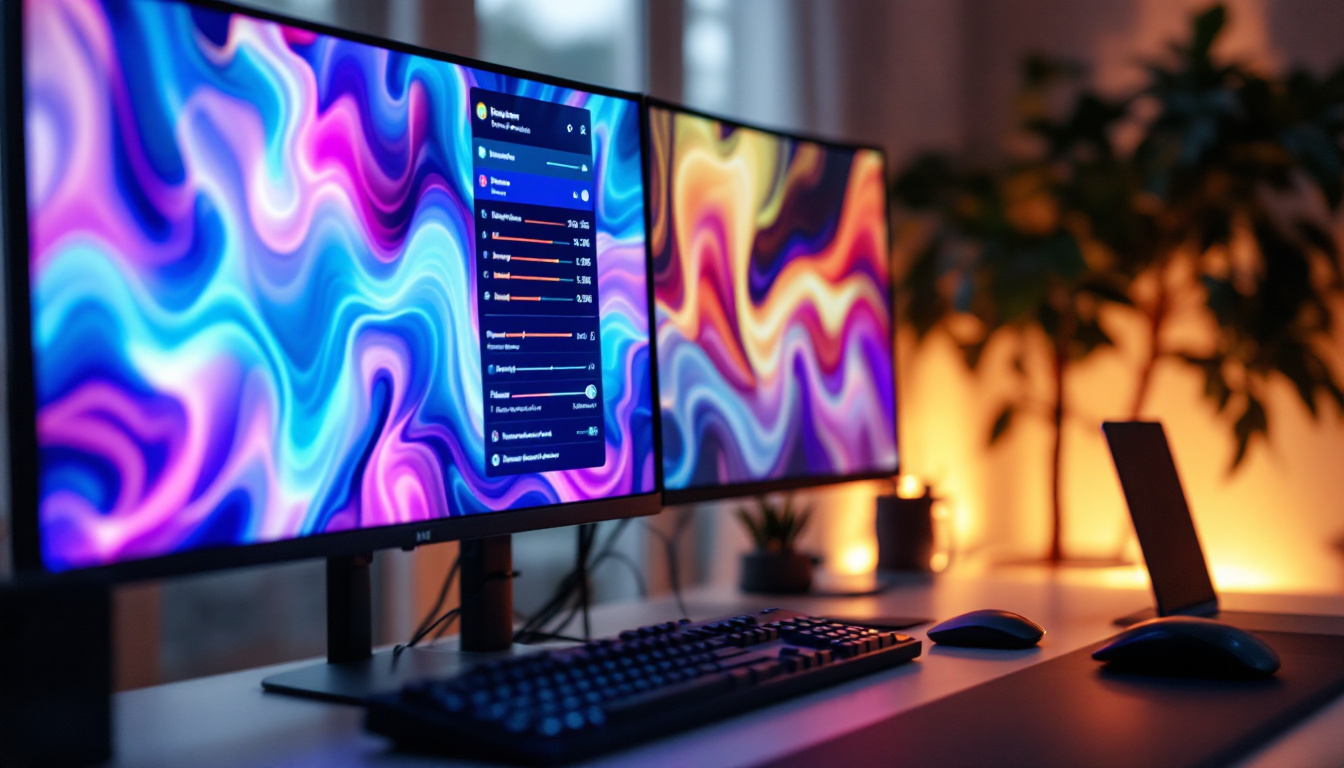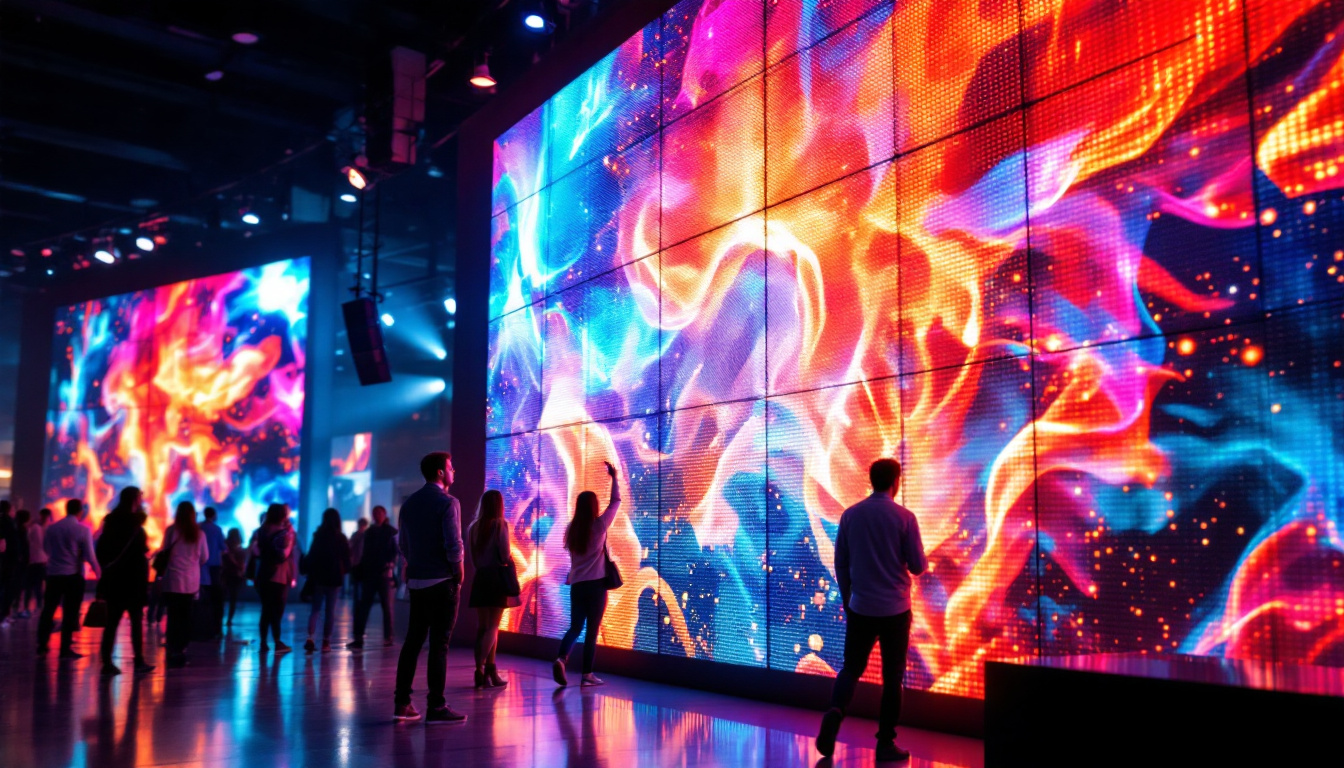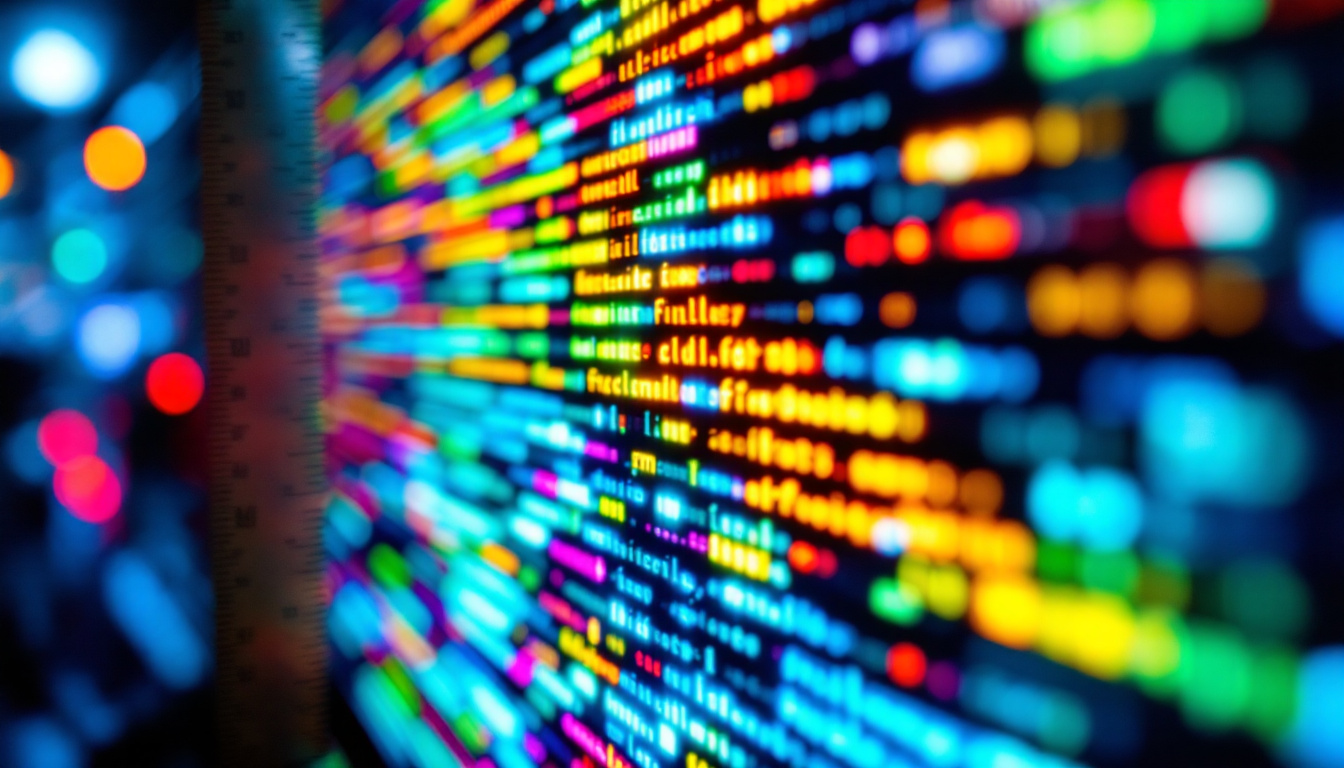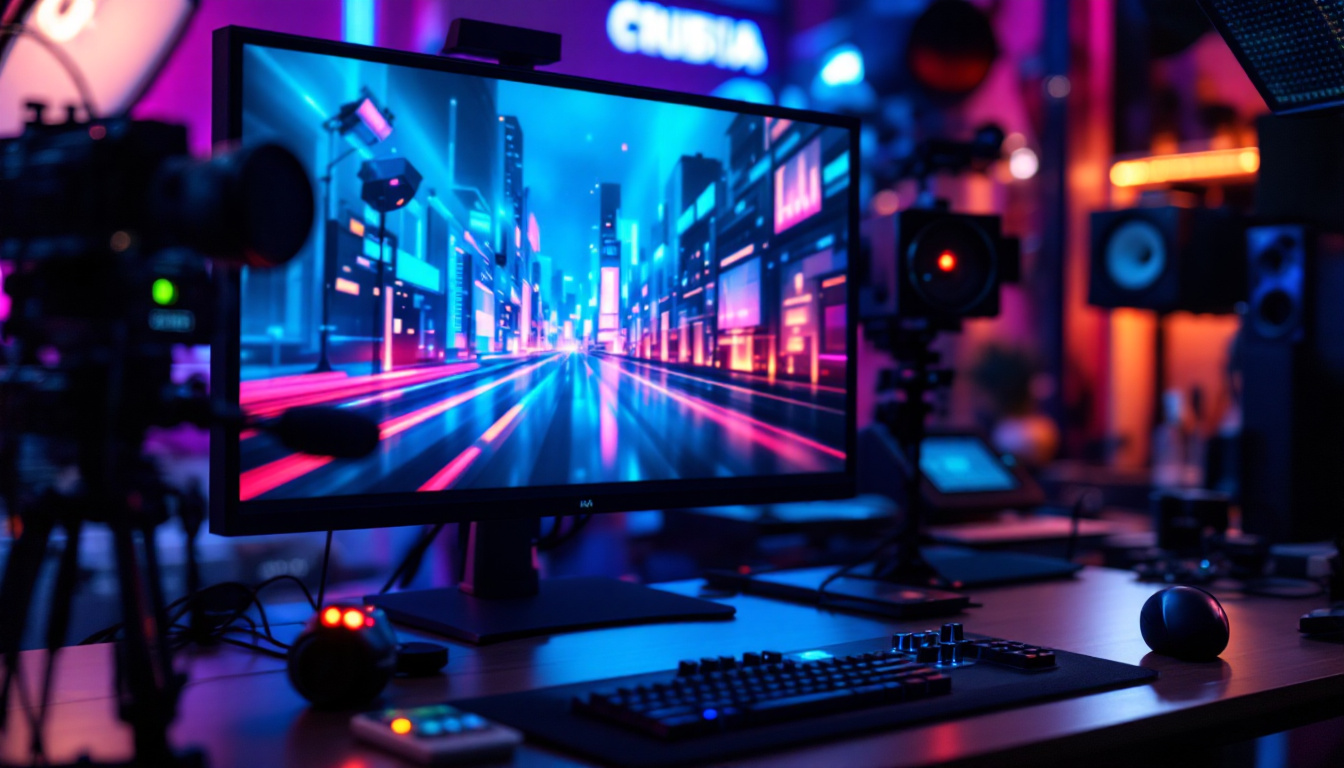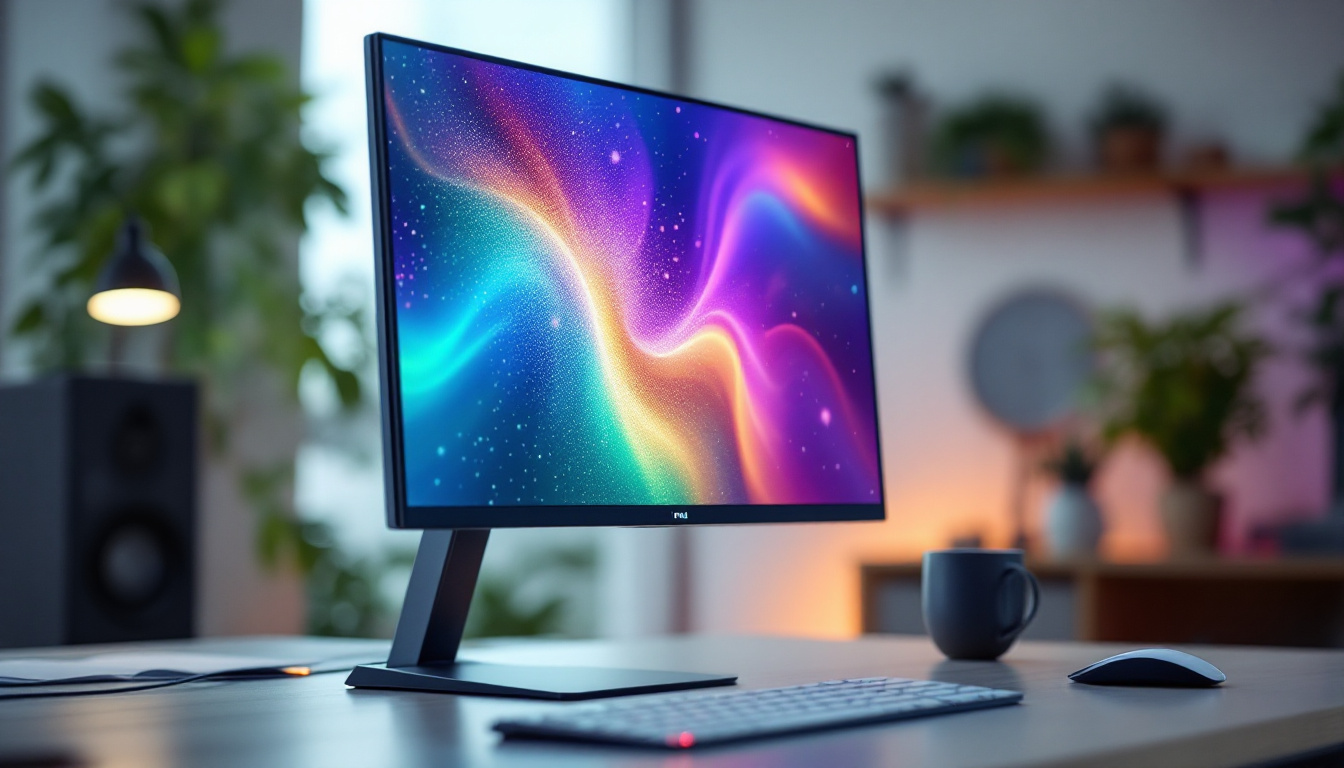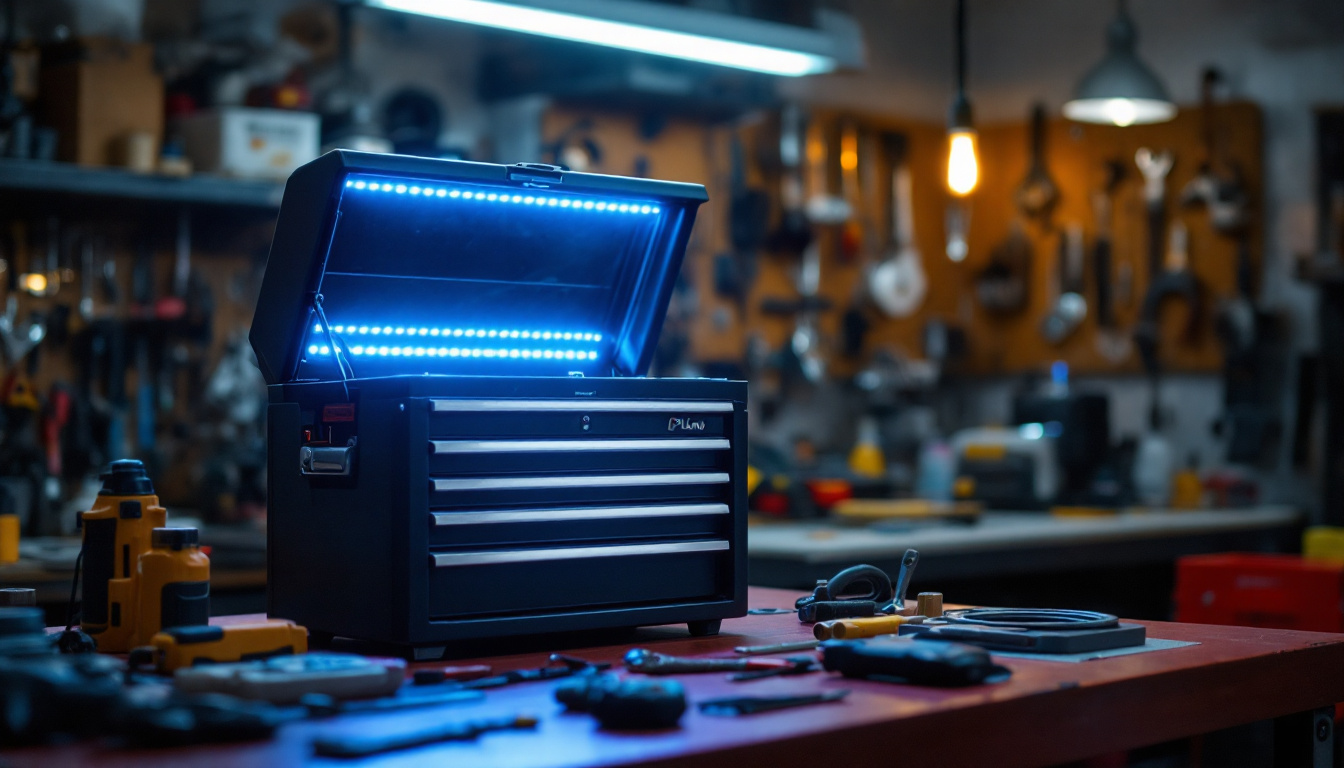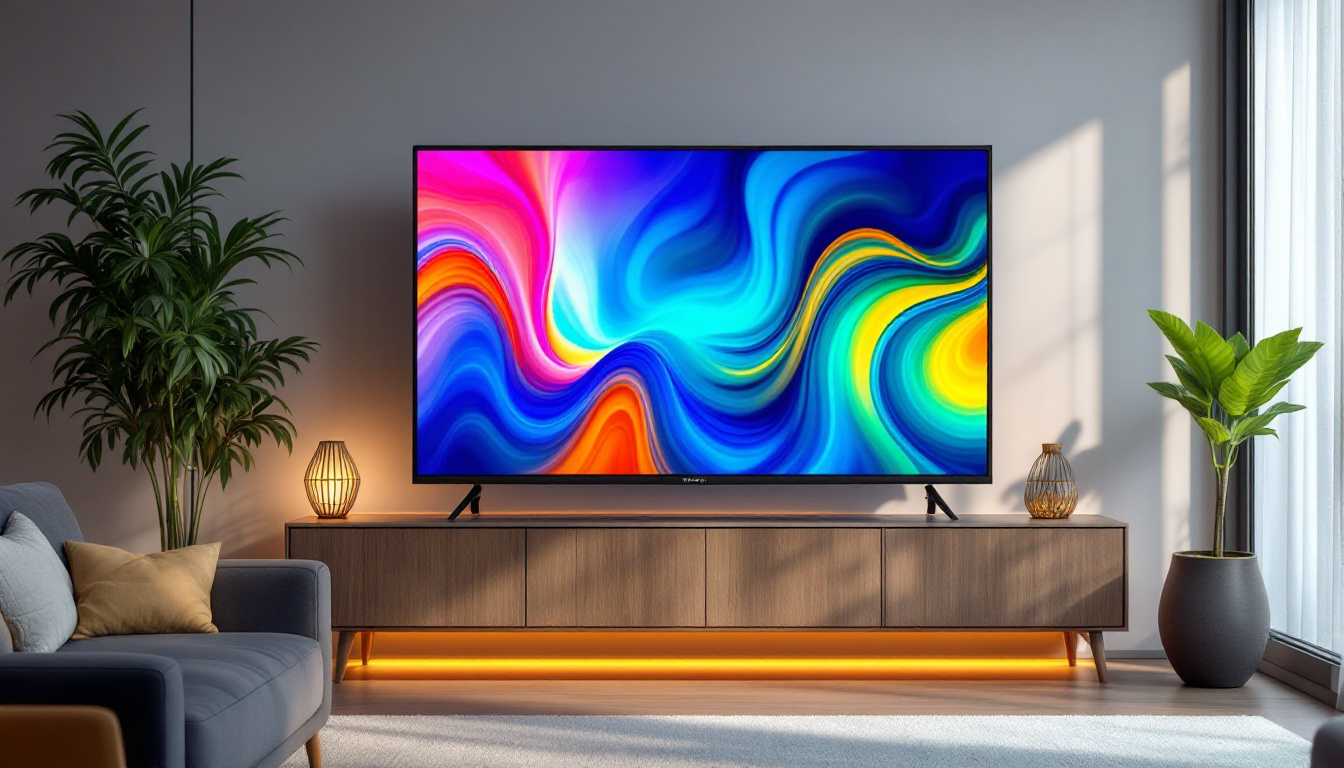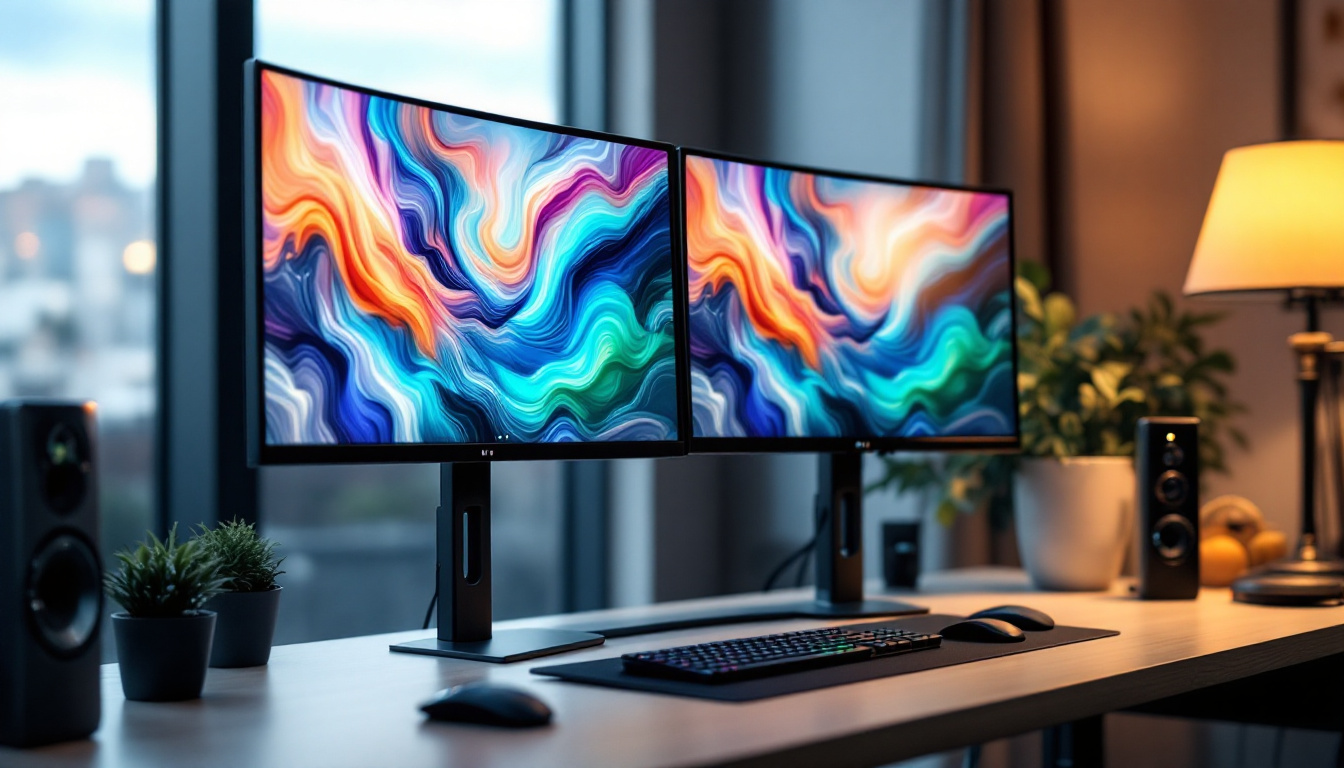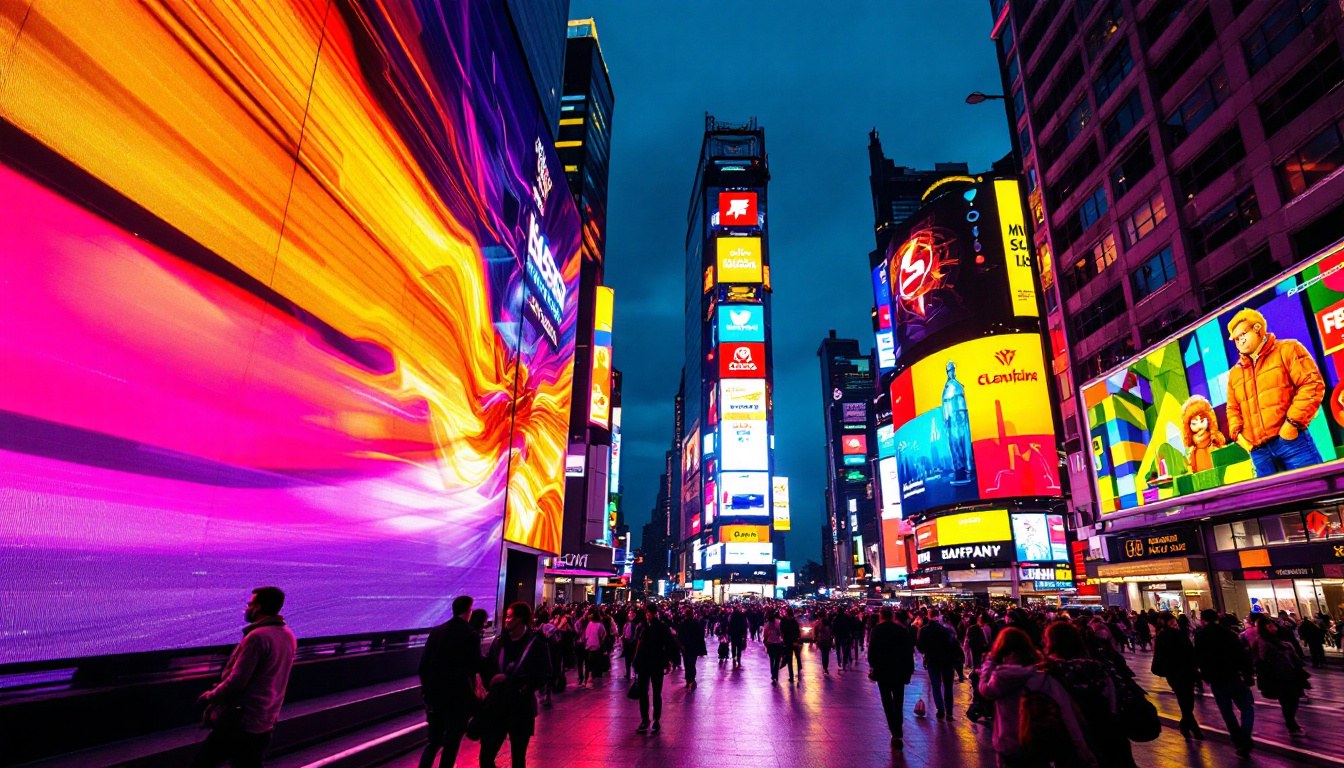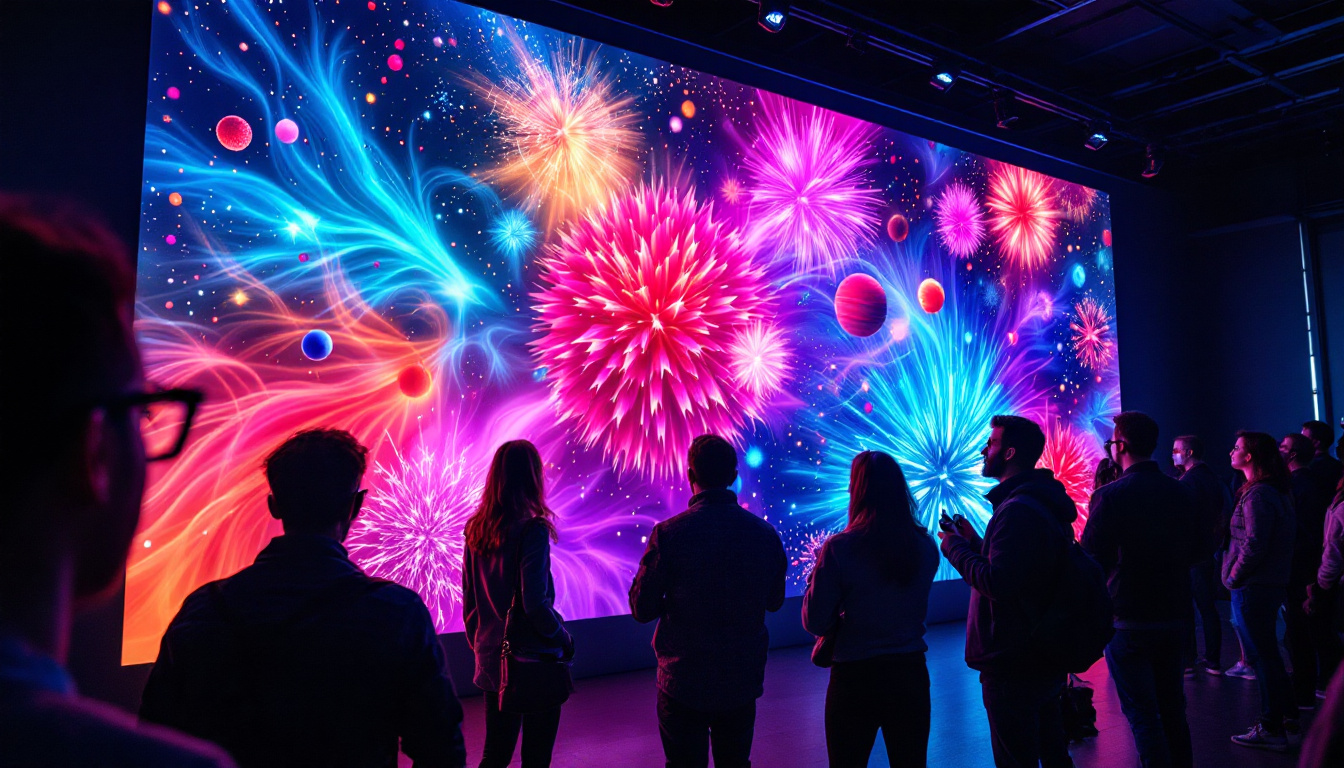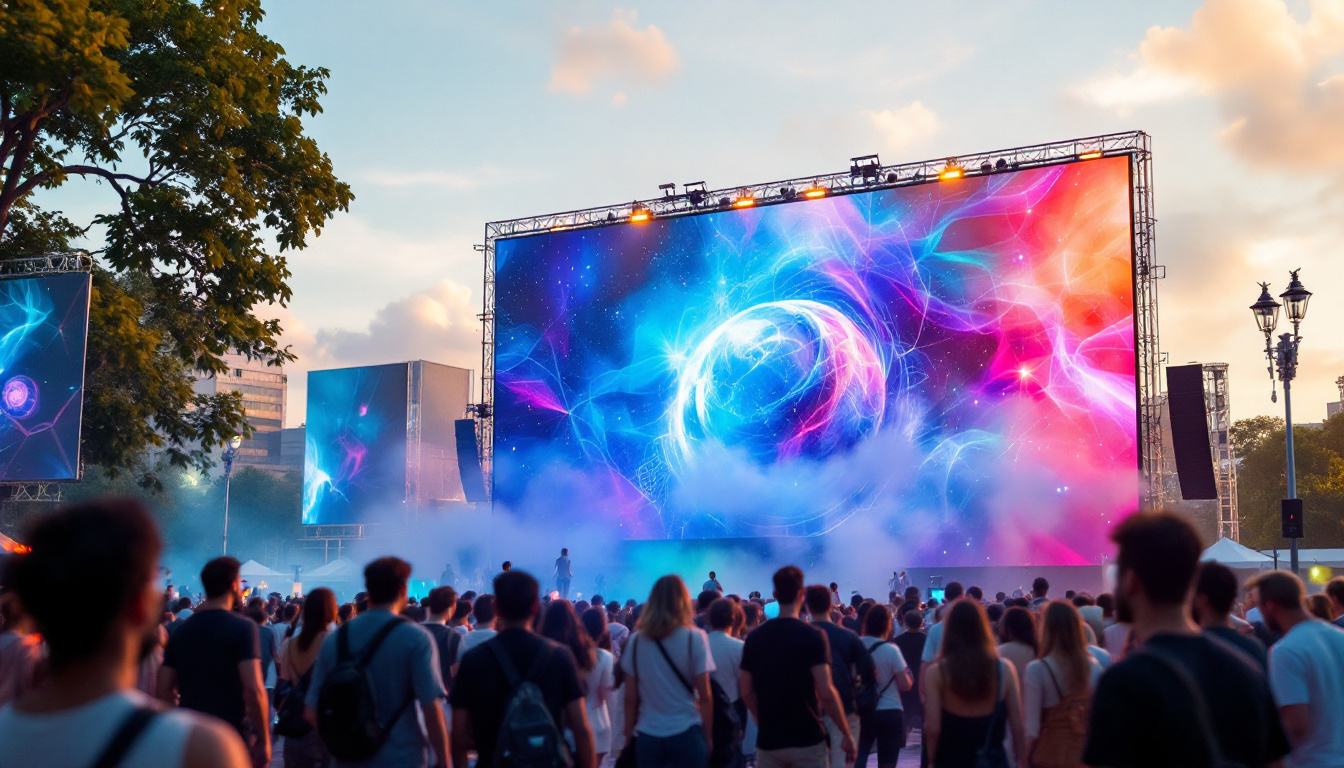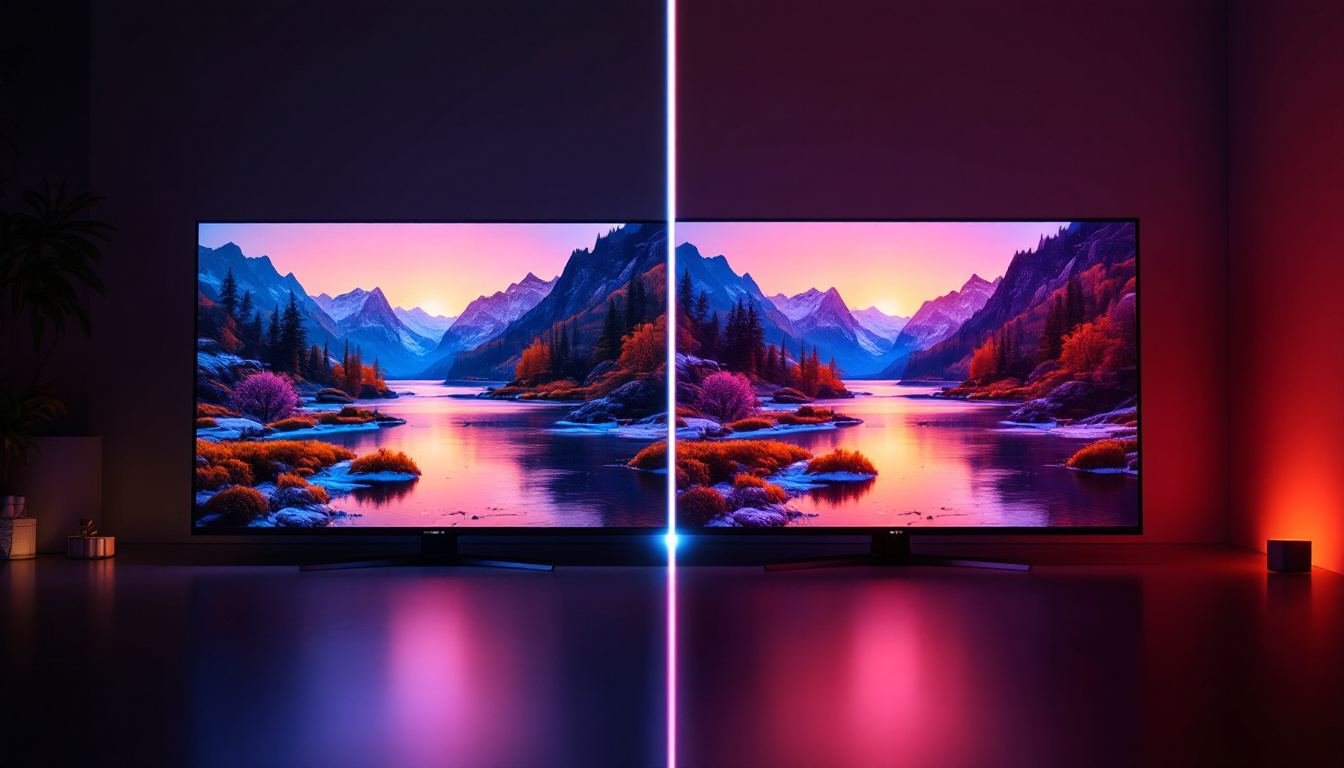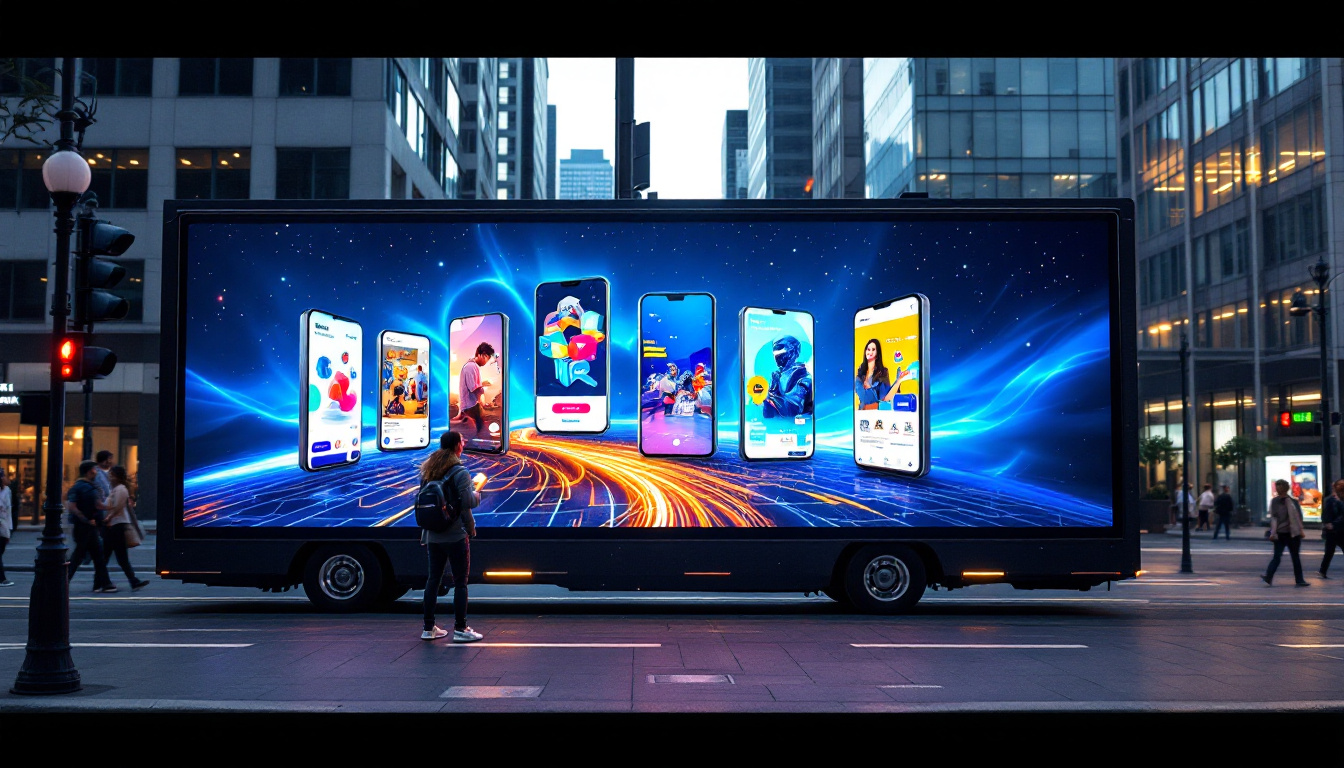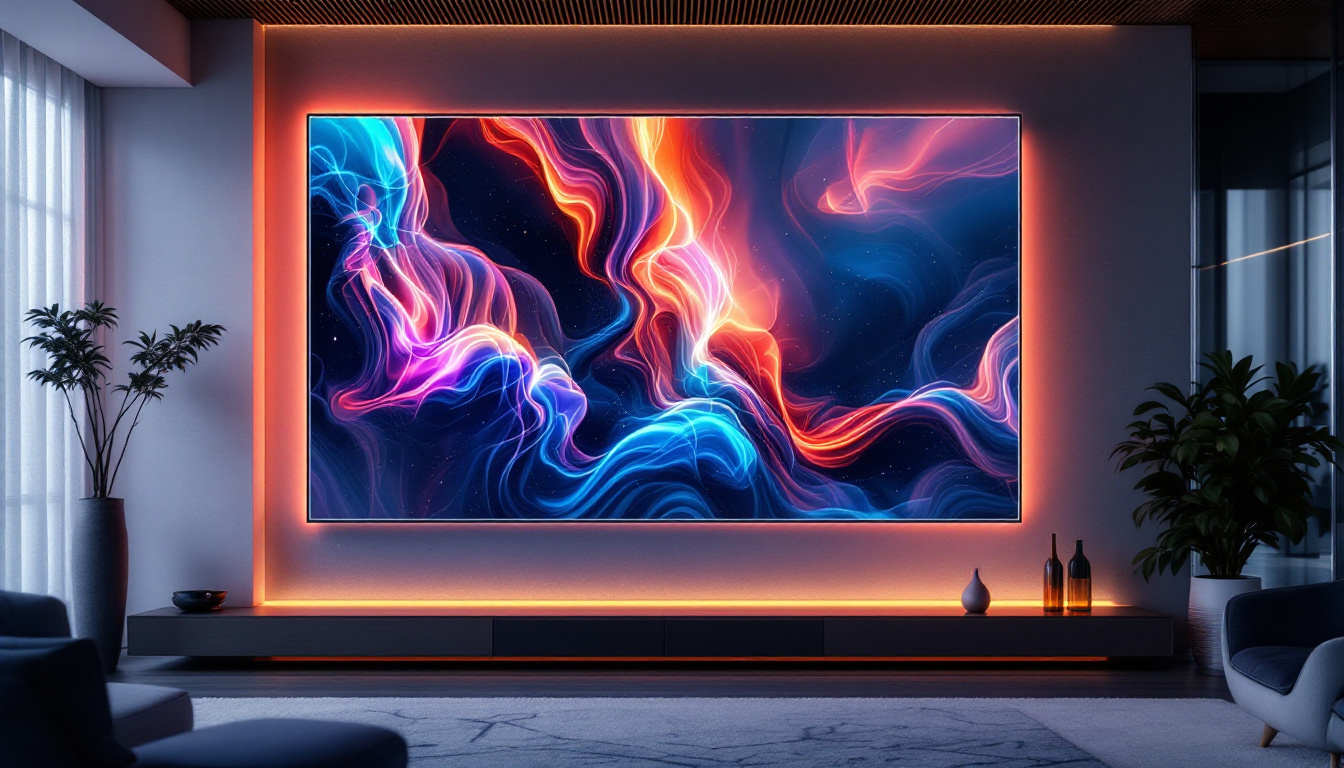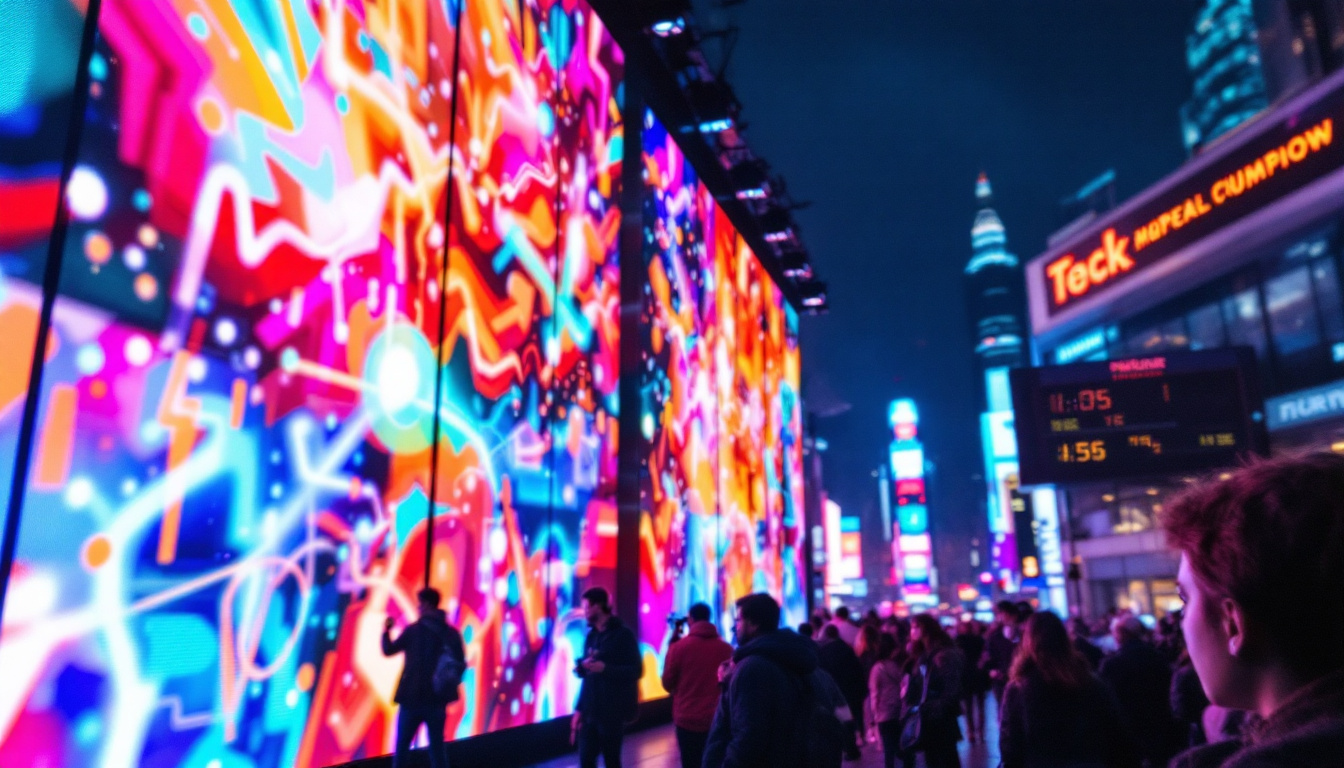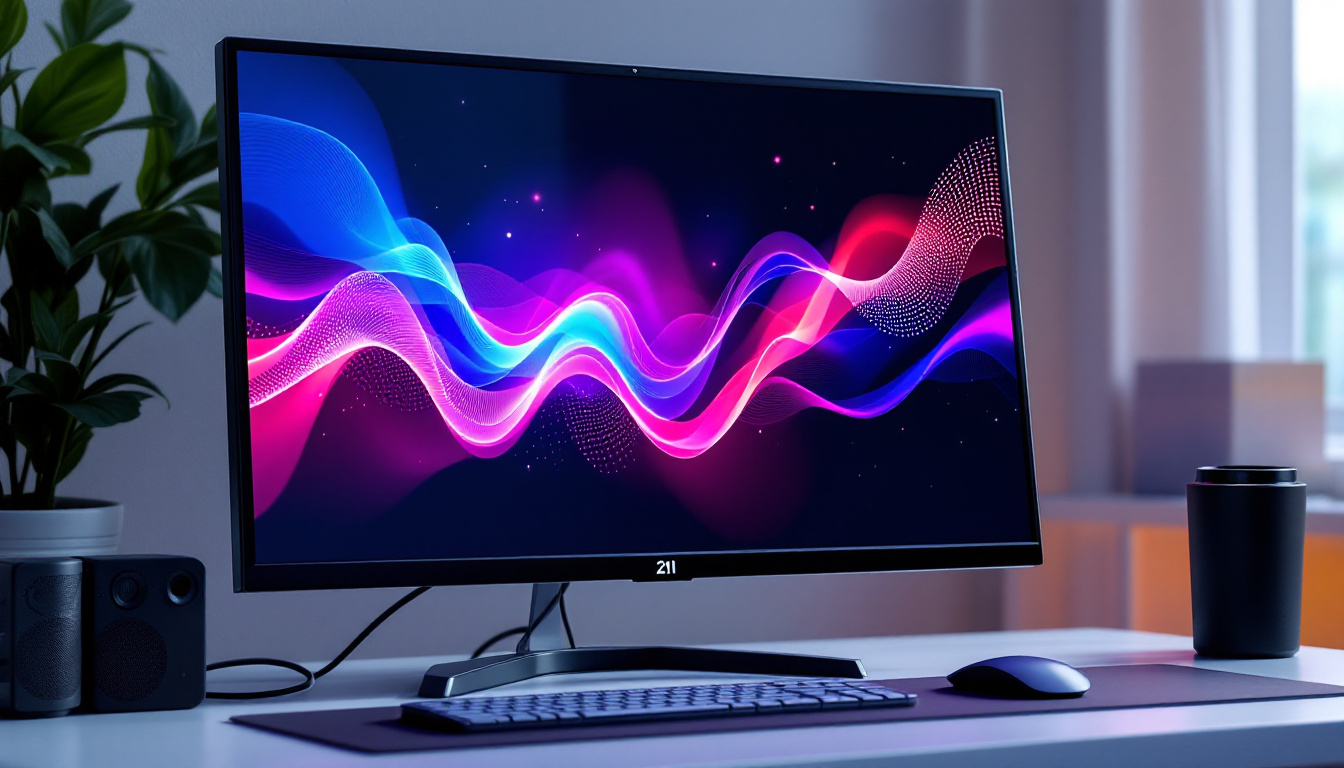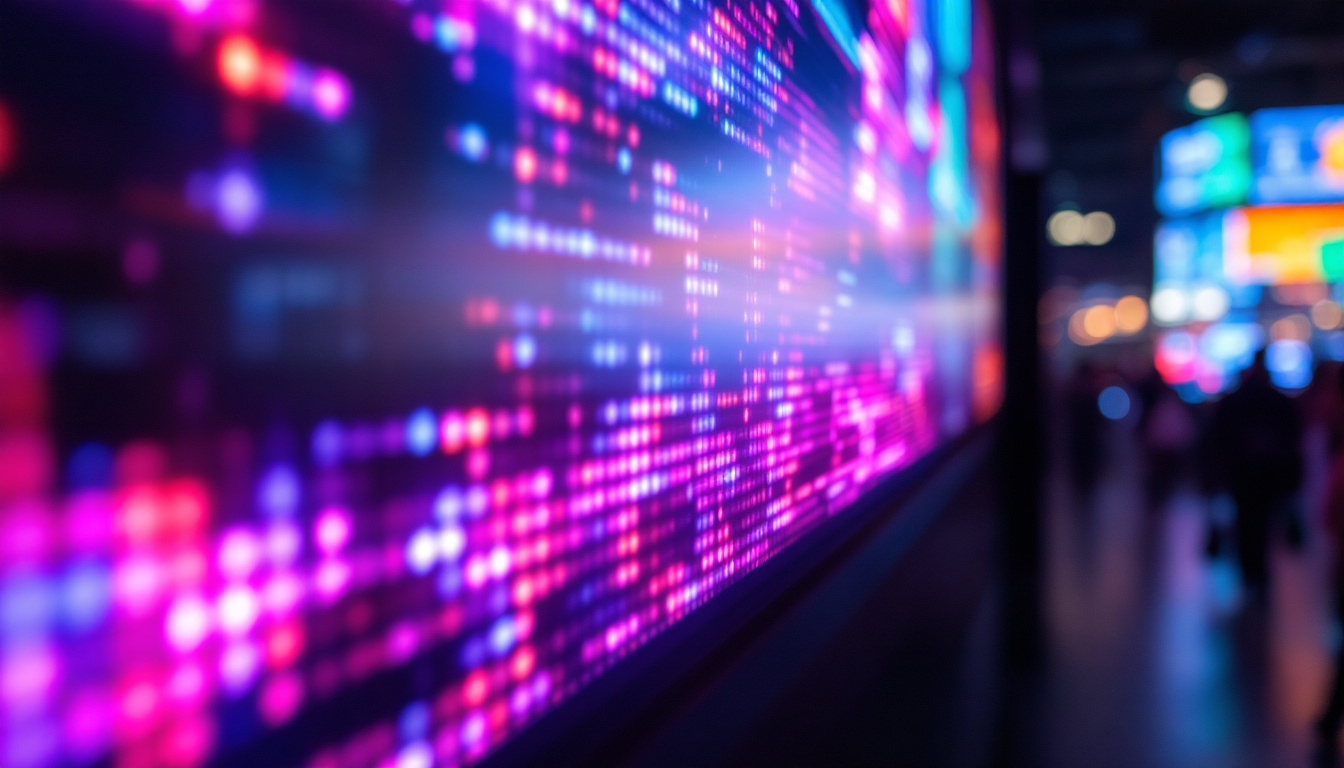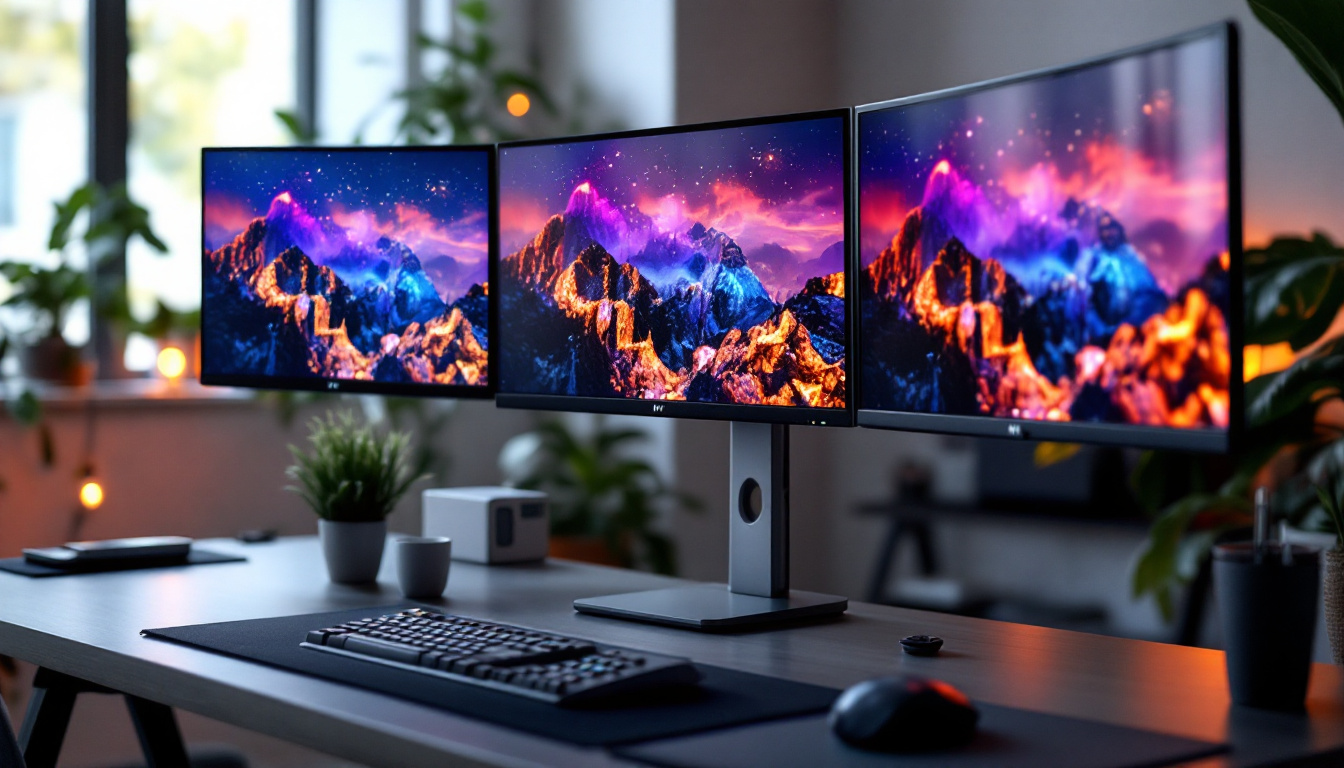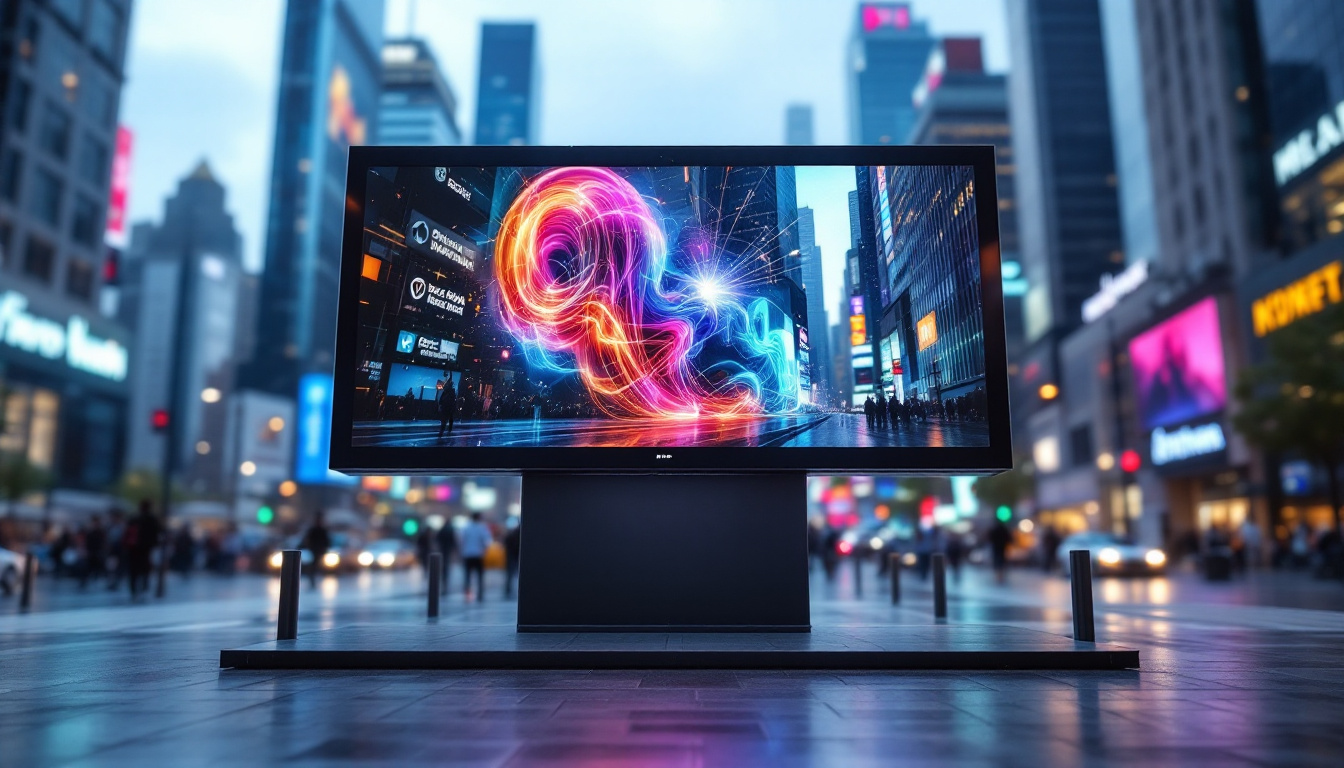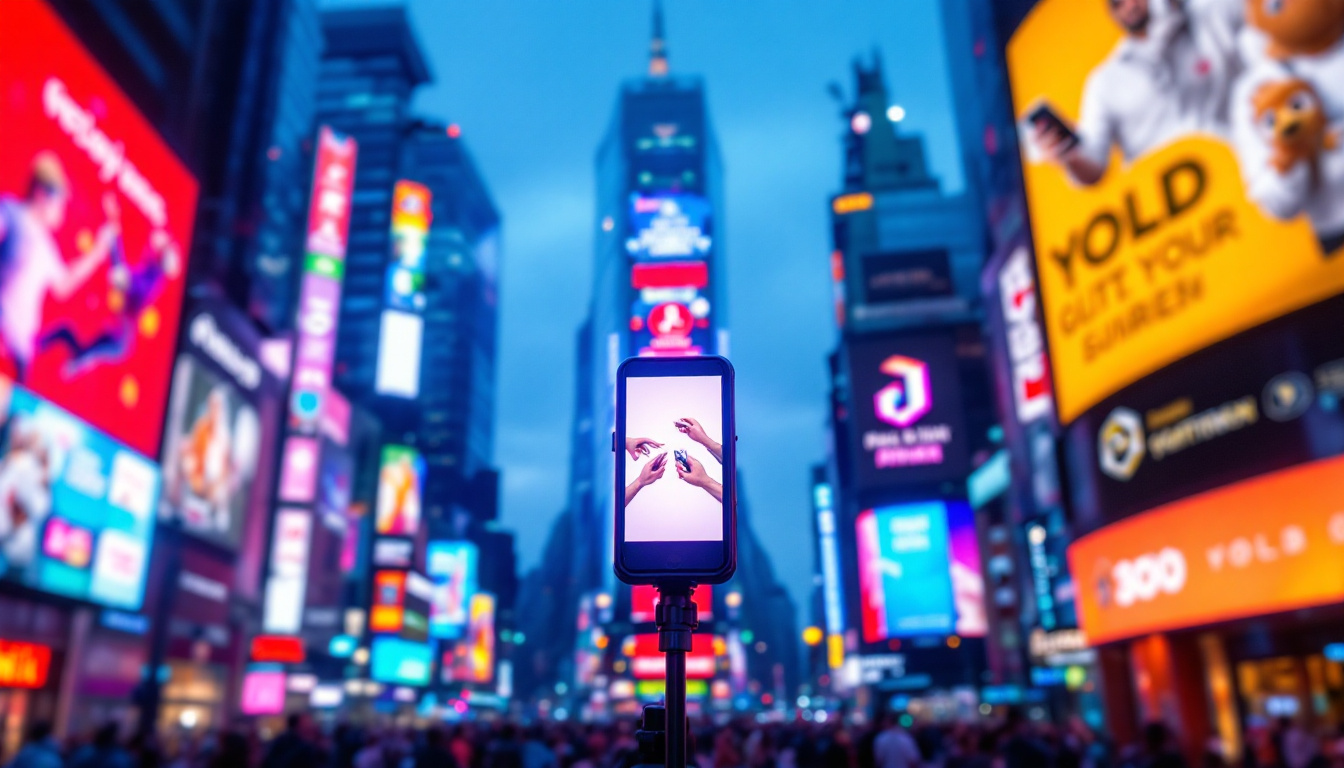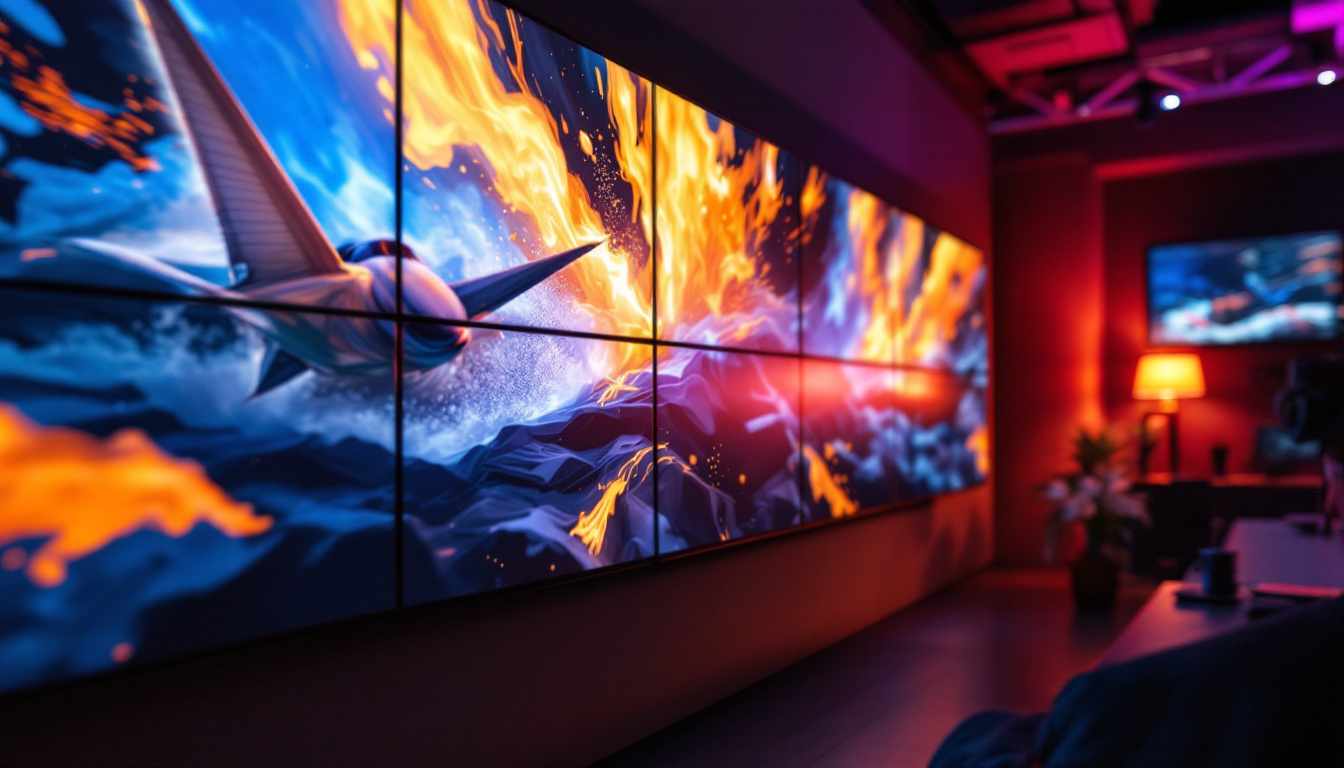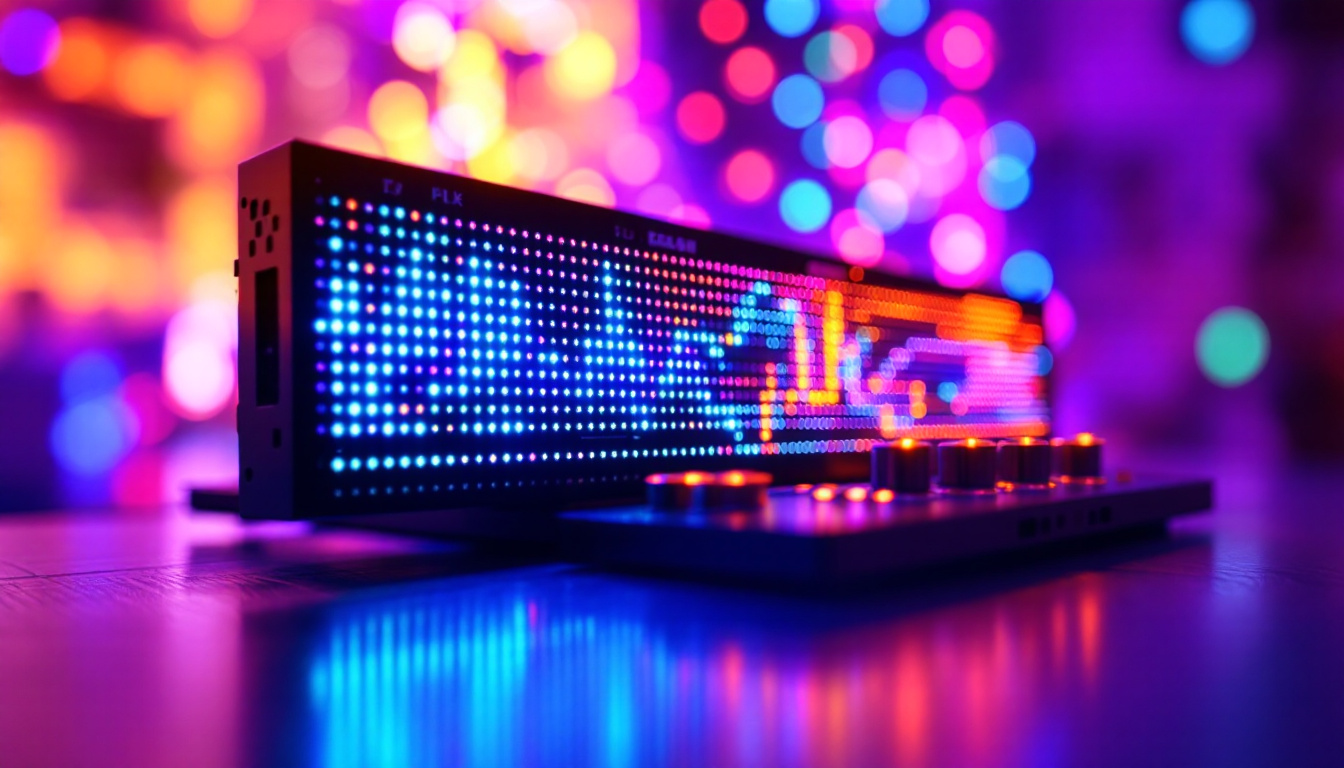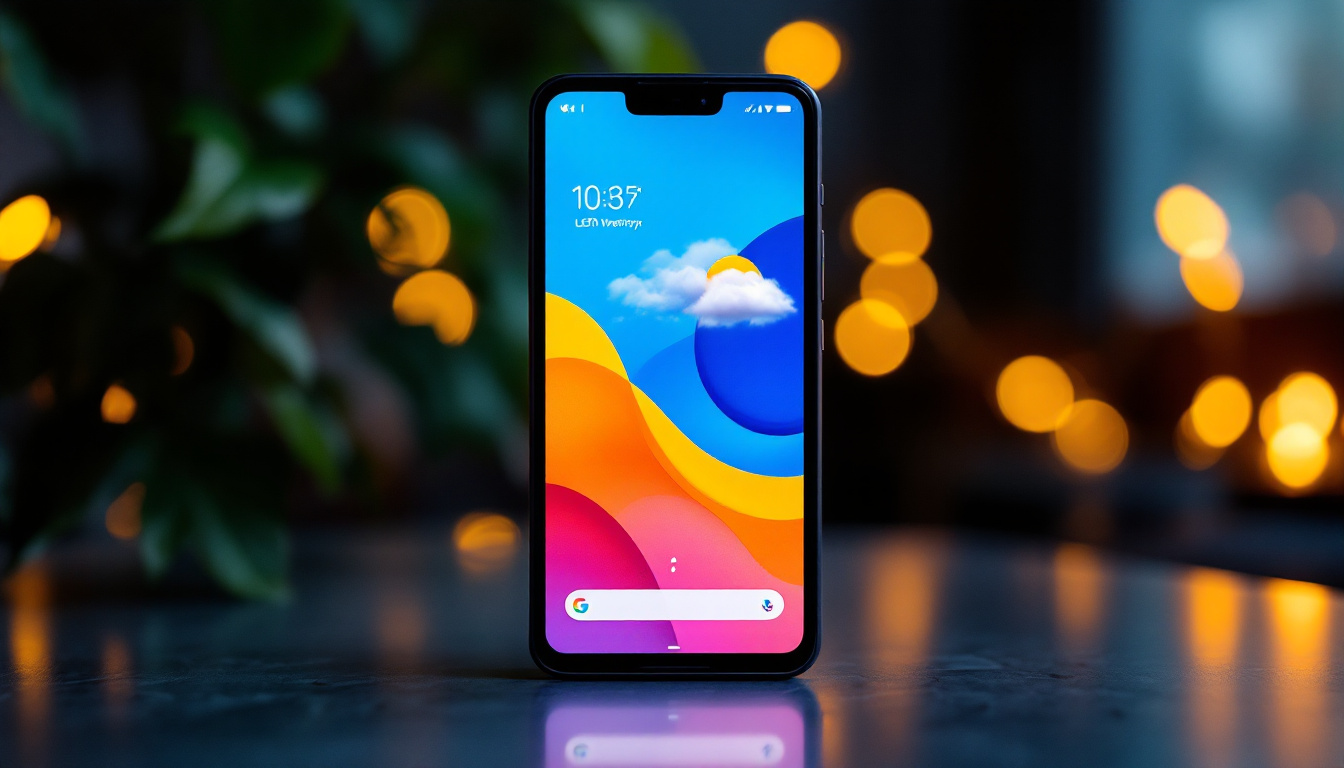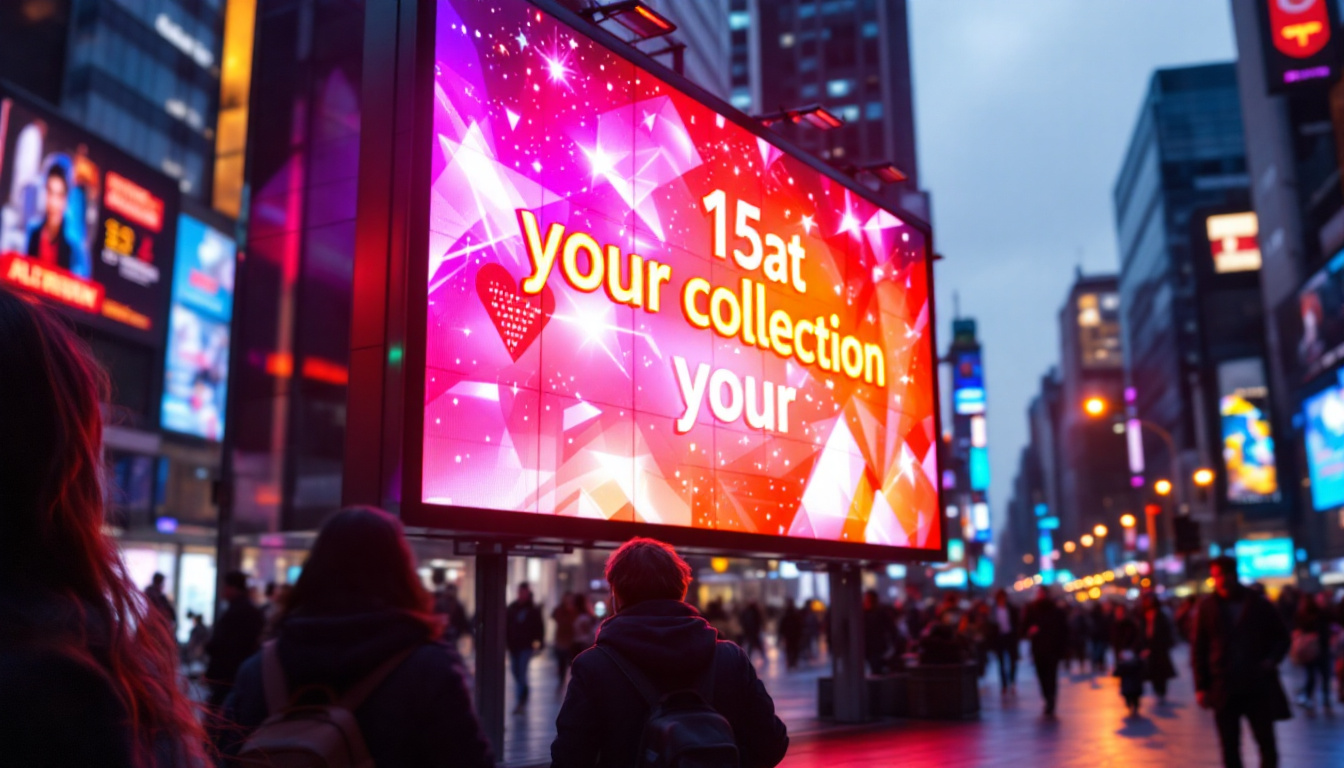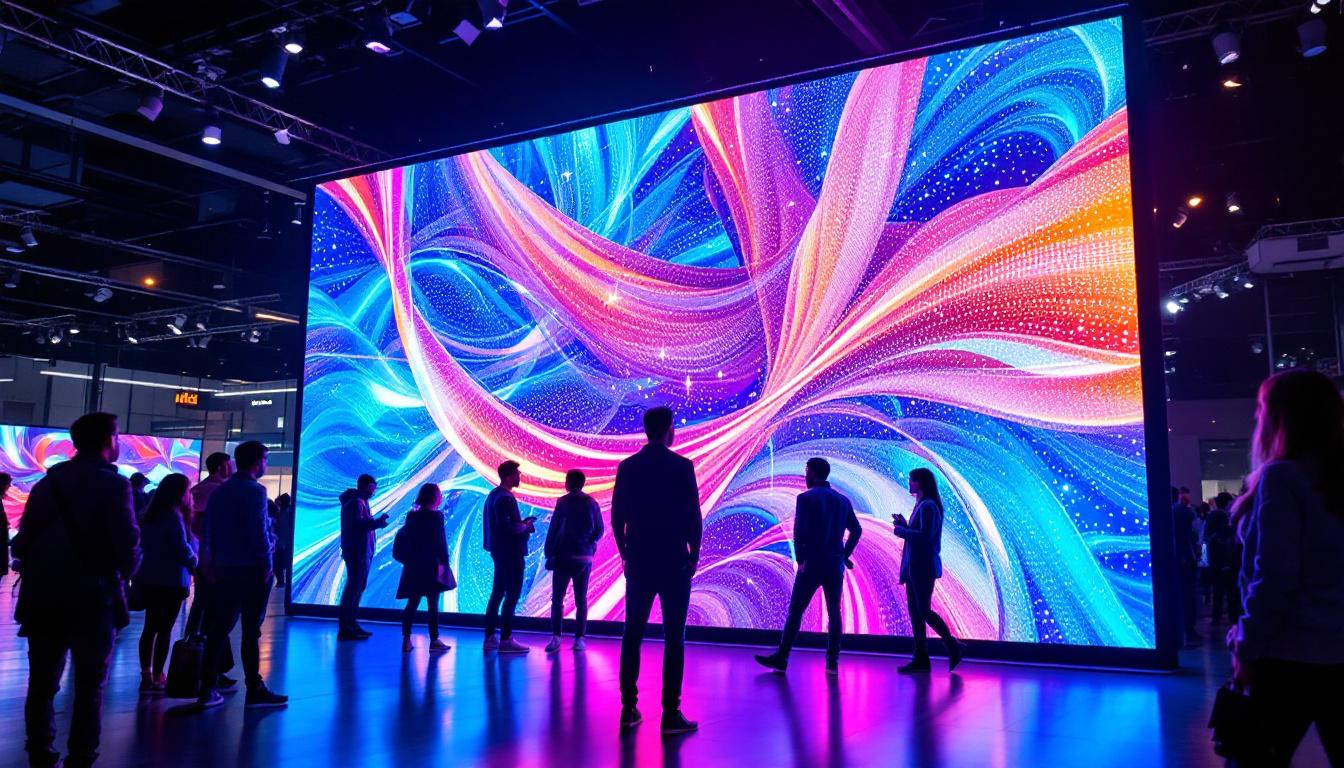In today’s digital age, having multiple monitors is becoming increasingly common, whether for work, gaming, or content creation. However, one often overlooked aspect of using multiple displays is the ability to adjust the brightness on each monitor, particularly when they are different models or brands. This article will delve into the intricacies of changing brightness on a second monitor, focusing on LED displays, and providing practical tips and insights.
Understanding LED Displays
LED (Light Emitting Diode) displays have revolutionized the way we view content on screens. They are known for their vibrant colors, energy efficiency, and slim designs. However, not all LED displays are created equal, and this can affect how brightness is adjusted across different monitors.
Types of LED Displays
LED displays can be categorized into several types, including edge-lit, backlit, and OLED. Each type has its own method of brightness control and characteristics that influence user experience.
Edge-lit LED displays use LEDs along the edges of the screen, which can create a thinner profile but may result in uneven brightness across the screen. Backlit displays, on the other hand, have a grid of LEDs behind the screen, providing more uniform brightness. OLED displays, while not strictly LED, offer superior contrast and color vibrancy, allowing for more precise brightness adjustments. Furthermore, mini-LED technology is emerging as a game-changer, utilizing smaller LEDs to enhance local dimming capabilities and improve overall picture quality, making it a compelling choice for high-end displays.
Brightness and Color Accuracy
Brightness is not just about how bright a screen can get; it also affects color accuracy. A monitor set to a high brightness level may wash out colors, while a lower brightness can enhance color depth and detail. Understanding this balance is crucial for professionals in graphic design, photography, and video editing.
When adjusting brightness, it’s essential to consider the ambient lighting conditions. A bright room may require higher brightness settings to maintain visibility, while a darker environment may benefit from lower settings to reduce eye strain. Additionally, many modern displays come equipped with adaptive brightness features that automatically adjust the screen’s brightness based on surrounding light levels, providing a more comfortable viewing experience. This technology not only helps in preserving battery life for portable devices but also enhances the longevity of the display by reducing the risk of burn-in and other forms of wear over time.
Moreover, the importance of color calibration cannot be overstated. Professional monitors often include built-in calibration tools or support for external calibration devices, ensuring that colors are rendered accurately across different lighting conditions. This is particularly vital for industries where color fidelity is paramount, such as fashion design and digital art, where even slight variations in color can lead to significant discrepancies in the final product.
Why Adjust Brightness on a Second Monitor?
Adjusting brightness on a second monitor is important for several reasons. First, it ensures a consistent viewing experience across multiple screens. Discrepancies in brightness can lead to eye strain and discomfort, especially during extended use.
Improving Workflow Efficiency
For professionals who rely on multiple monitors, such as software developers and video editors, having consistent brightness levels can significantly enhance workflow efficiency. When monitors are set to different brightness levels, it can be challenging to focus on tasks, leading to mistakes and reduced productivity.
By calibrating brightness levels, users can create a more cohesive workspace that minimizes distractions and allows for better concentration on the task at hand.
Reducing Eye Strain
Eye strain is a common issue for those who spend long hours in front of screens. Brightness that is too high or too low can contribute to discomfort and fatigue. By adjusting the brightness on a second monitor to match the primary display or the surrounding environment, users can help alleviate these symptoms.
Additionally, many modern monitors come equipped with features like blue light filters and adaptive brightness settings that can further enhance comfort during prolonged use.
How to Change Brightness on a Second Monitor
Changing the brightness on a second monitor can vary depending on the operating system and the specific monitor model. Below are the steps for adjusting brightness on both Windows and macOS systems.
Adjusting Brightness on Windows
Windows provides several methods to adjust the brightness of a second monitor. The most straightforward way is through the display settings:
- Right-click on the desktop and select “Display settings.”
- Scroll down to the “Brightness and color” section.
- Select the second monitor from the dropdown menu if multiple displays are connected.
- Adjust the brightness slider to the desired level.
For users with monitors that support DDC/CI (Display Data Channel/Command Interface), brightness can also be adjusted through the monitor’s on-screen display (OSD) menu. This method provides more granular control over brightness and other settings.
Adjusting Brightness on macOS
On macOS, adjusting brightness on a second monitor is equally straightforward:
- Click the Apple menu and select “System Preferences.”
- Choose “Displays.”
- In the “Display” tab, select the second monitor.
- Adjust the brightness slider to your preference.
Additionally, macOS users can use keyboard shortcuts to adjust brightness on compatible monitors. This feature can be particularly useful for quick adjustments without navigating through menus.
Using Third-Party Software
For users seeking more advanced control over monitor settings, third-party software can provide additional features that go beyond the built-in operating system options. Such software often includes calibration tools, color profiles, and even automated brightness adjustments based on ambient light.
Popular Third-Party Applications
Some popular applications that can help manage brightness and other display settings include:
- f.lux: This application adjusts the color temperature of your display based on the time of day, helping to reduce eye strain during nighttime use.
- DisplayFusion: A powerful multi-monitor management tool that allows users to customize brightness, wallpaper, and other settings for each monitor individually.
- Windows 10’s Night Light: While not a third-party app, this built-in feature reduces blue light emission and can be scheduled to activate during specific hours.
Benefits of Using Third-Party Software
Using third-party software can enhance the user experience by providing more flexibility and control over display settings. For example, users can create custom profiles for different tasks, such as gaming, photo editing, or reading, ensuring optimal brightness and color settings for each activity.
Additionally, some applications offer features like remote control, allowing users to adjust brightness settings from their smartphones or tablets, which can be particularly useful in multi-monitor setups.
Calibrating Brightness for Color Accuracy
For professionals in fields such as photography and graphic design, calibrating brightness is essential for achieving accurate color representation. Calibration ensures that what is seen on the monitor closely matches the final output, whether it be printed materials or digital displays.
Calibration Tools and Techniques
Calibration can be done using hardware tools like colorimeters or software solutions. Colorimeters are devices that measure the color output of a monitor and help adjust settings to achieve accurate color reproduction.
Software solutions often include built-in calibration wizards that guide users through the process of adjusting brightness, contrast, and color settings. These tools typically provide a series of test patterns to help users visually assess and adjust their displays.
Regular Calibration Practices
Regular calibration is crucial, especially for professionals who rely on color accuracy. Monitors can drift over time due to various factors, including age, usage, and environmental conditions. It is advisable to calibrate displays every few months or whenever significant changes in lighting conditions occur.
Common Issues with Brightness Adjustment
Despite the various methods available for adjusting brightness on a second monitor, users may encounter several common issues. Understanding these problems and their solutions can help ensure a smoother experience.
Monitor Not Responding to Brightness Changes
One common issue is when a monitor does not respond to brightness adjustments made through the operating system. This can occur if the monitor does not support DDC/CI or if the necessary drivers are not installed.
To resolve this, users should ensure that the latest drivers for the monitor and graphics card are installed. Additionally, checking the monitor’s settings through its OSD menu may provide further options for brightness adjustment.
Inconsistent Brightness Across Monitors
Inconsistent brightness levels between monitors can be frustrating, especially in multi-monitor setups. This can result from different monitor models, settings, or even the types of connections used.
To mitigate this issue, users can manually adjust the brightness on each monitor to match as closely as possible. Calibration tools can also help achieve a more uniform brightness and color profile across displays.
Conclusion
Adjusting brightness on a second monitor is a vital aspect of creating a comfortable and productive workspace. With the right knowledge and tools, users can ensure that their displays are set to optimal brightness levels, enhancing both visual comfort and accuracy.
Whether through built-in operating system settings, third-party applications, or hardware calibration tools, there are numerous ways to achieve the desired brightness on LED displays. By understanding the importance of brightness adjustment and regularly calibrating monitors, users can significantly improve their overall experience and productivity.
As technology continues to evolve, staying informed about the latest developments in monitor technology and display management will be essential for maximizing the benefits of multi-monitor setups. With the right approach, users can create a seamless and enjoyable viewing experience across all their screens.
Explore Cutting-Edge LED Display Solutions with LumenMatrix
Ready to take your multi-monitor setup to the next level? Discover how LumenMatrix’s innovative LED display technology can transform your workspace and viewing experience. From vibrant Indoor and Outdoor LED Wall Displays to dynamic Vehicle and Sports LED Displays, LumenMatrix offers a wide range of solutions tailored to meet your needs. Enhance your visual communication with our captivating Floor, Custom, All-in-One, and Transparent LED Displays. Elevate your brand’s presence and create unforgettable visual experiences with LumenMatrix. Check out LumenMatrix LED Display Solutions today and see the difference for yourself.

